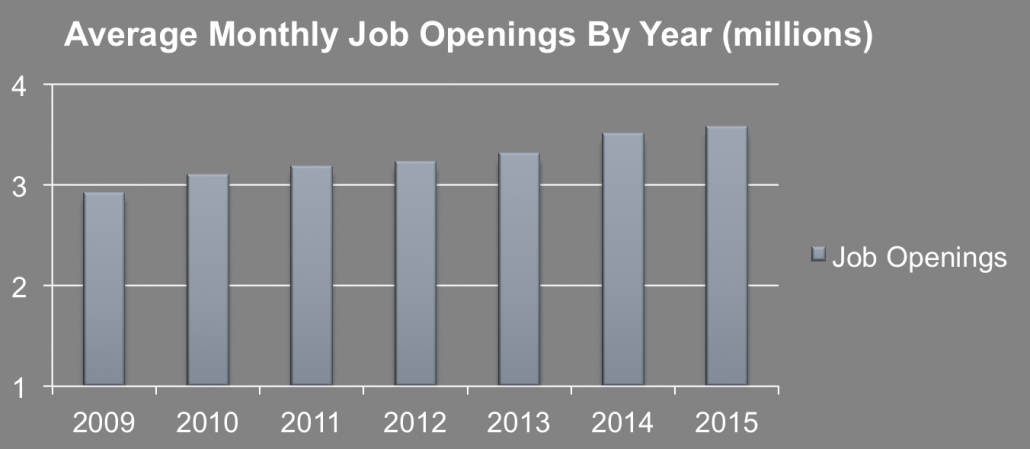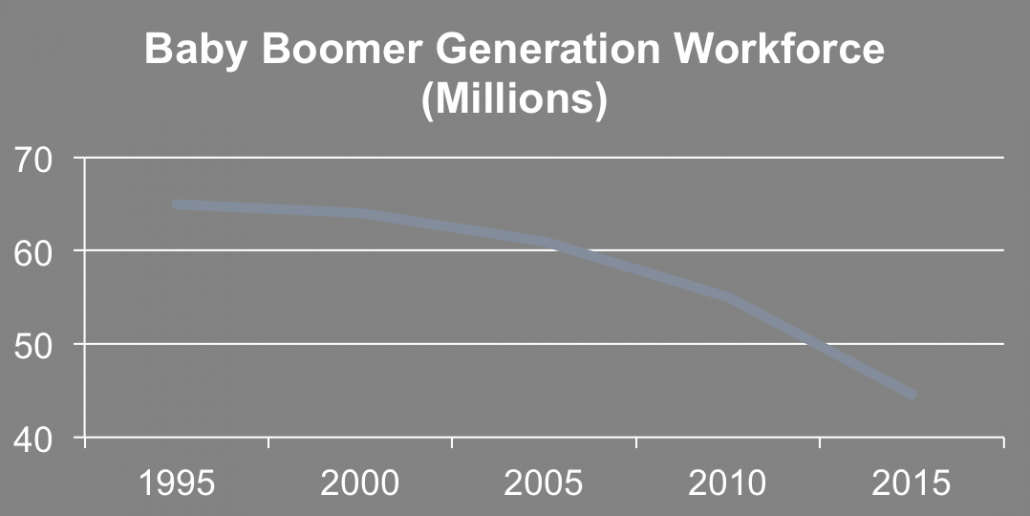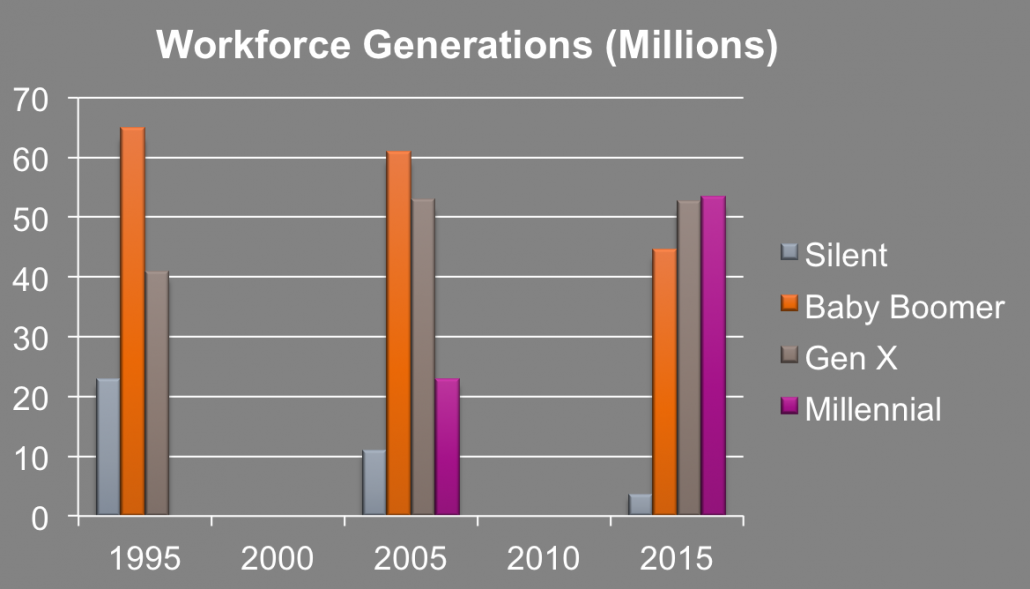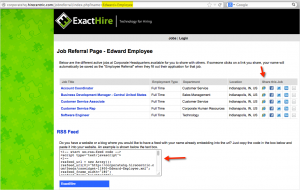6 Learning Benefit Ideas That Won’t Break the Bank in 2017
It’s the end of the year once again. And if you’re like me, you might be reminded of all the things you endeavored to accomplish in 2016…but just didn’t get around to starting/doing/finishing. Especially if any of them were official new year resolutions. And while I failed at some endeavors, but succeeded to form other productive habits, one thing is clear: my ideas with the best chance of success are the ones that take just a little bit of time, not a ton of money and can be easily turned into a healthy long-term habit. Sustainable learning is one such habit that has every chance of being successful–and not just for me.
“What you see depends on where you stand.” – Albert Einstein
Wise words, indeed. Furthermore, consider Isaac Newton’s statement “if I have seen further it is by standing on the shoulders of giants.” Gaining new knowledge to broaden our perspective is a great place to start when considering little habits with potentially big impact in 2017. In this blog, I’ll share six learning opportunities you can encourage your employees to utilize in 2017 that range from free to affordable for small and medium business.
1 – Feed their brains with Feedly
Does the thought of scrolling your email inbox forever strike fear into your heart? Or…gasp!…having to click to view the next page of emails? If I had you at “scroll,” then imagine the liberation of capturing all the compelling blogs/articles from your favorite e-newsletters (that you never have time to read before they pile up in your inbox) in a separate, easy-to-find spot that can be searched anytime? Enter Feedly – your new favorite RSS reader for all the content you don’t want to miss. While Feedly does have paid options if you really want to get into easy content sharing and annotating, I enjoy the free version on my desktop and smartphone app. Make news of this resource available to your team and encourage them to share the insight they gain from staying up on the latest content in your industry.
2 – Never miss a good read
Once you’ve mastered Feedly, you’re bound to run across book reviews and/or interesting quotes from novels that you might like to read as you peruse the latest blog content. Don’t make the mistake of logging a mere mental note to check that book out next time you hit the library or Audible. Instead, create a profile on the free social network for avid book readers, Goodreads. Whether I keep a tab open in my browser or quickly access the phone app, Goodreads is always there for me to quickly categorize a book as “want to read,” “currently reading” or “read [it].” Better yet, by connecting with my peers on the network, I can quickly find books that may appeal to me. In a business setting, fellow co-worker bookworms can share and inspire ideas for goal planning and/or content for in-office book clubs.
3 – Auditory learners have options, too
Not everyone is the type of person to just curl up with a good book or e-reader; however, many more are willing to give listening to books a try. Especially if you have employees with lengthy work commutes, or those who are looking for a distraction during their next workout session, consider offering an optional subscription benefit for an audiobook service like Audible or Scribd. At ExactHire, we have a partial benefit that allows employees to pay only 50% of the cost of a subscription to ebook and audiobook provider, Scribd. We selected Scribd because it is only $8-9/month for three books and one audiobook, yet has an increasingly prolific catalog of business- and personal development-related books from which to choose. Because there is a cost to the employer for this benefit, we ask employees to do the following in exchange for the partial reimbursement:
- At least once per quarter, write a blog that either reviews a book, or at least references an idea from a relevant book read during that quarter.
- Share insights gained from books read to inspire new ideas and actions during departmental and strategy planning meetings.
So, for only about $13.50 per quarter, I get to read and/or listen to as many as 12 different books of my choice…without any waiting lists. I satisfy my work requirement for the quarter, and then catch up on my personal to-read list, too.
4 – Seize the day – get that certification
While the price of obtaining a professional certification will vary depending on the credential one seeks, relative to the cost of tuition reimbursement for an employee, certifications are an affordable learning benefit that allow your teammates to improve their skill set. Some members of the ExactHire team hold various credentials, including HRCI’s PHR/SPHR, SHRM’s SHRM-CP/SHRM-SCP and the Google Analytics certification. In fact, a big congratulations goes out to our very own Darythe Taylor, who earned her SHRM-CP designation last week!
Aside from well-recognized professional certifications, in this world of SaaS software there are myriad providers who certify power users of their own software platforms. So, encourage the administrators of your organization’s key software platforms to explore advanced training and/or certification from your provider(s).
5 – Learn anywhere, any time with Lynda
Need to boost the knowledge base of your white collar workers? Look no further than Lynda.com from LinkedIn to give your team access to unlimited courses about everything from web development to business to design to marketing. Plans start at just $19.99 per month for the basic offering. Or, research and consider other similar services/sites such as Udemy, Codecademy or Khan Academy.
6 – Fingertip fast
Earlier this year, I learned about a free pilot program from Google called Primer. Its promise is easy to digest, marketing-specific training in five minutes or less. While this appeals to me (especially when I’m waiting to pick my kids up from practice and have time to kill on my phone), not everyone is interested in marketing learning. For a broader array of subject matter resources, check out the TED app to catch up on the latest TED talks. With such a wide variety of topics from which to choose, there is bound to be something for everyone on your organization’s team. Who knows, maybe a talk will inspire a rousing debate at the next all hands meeting.
Make accessible learning resources a priority for your workforce in 2017. It’s a great way to engage employees and create a culture that champions development and innovation. Here’s to standing on giants’ shoulders!





